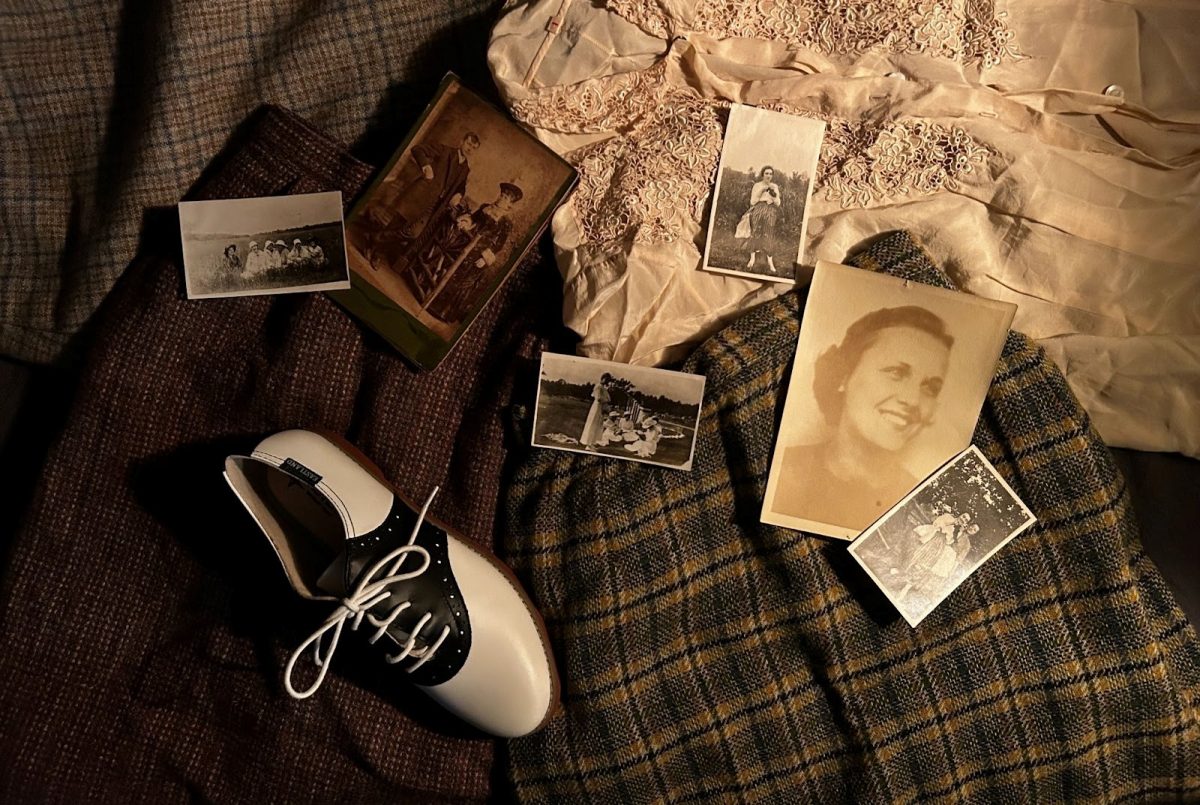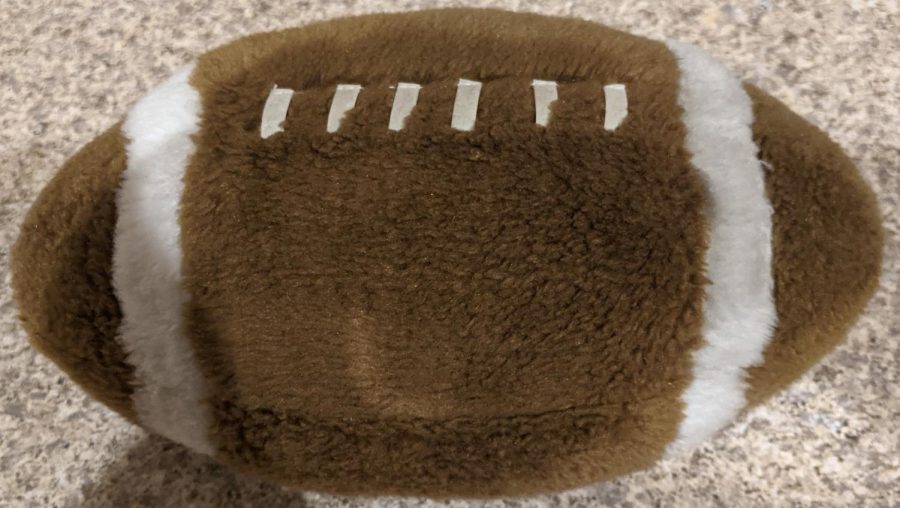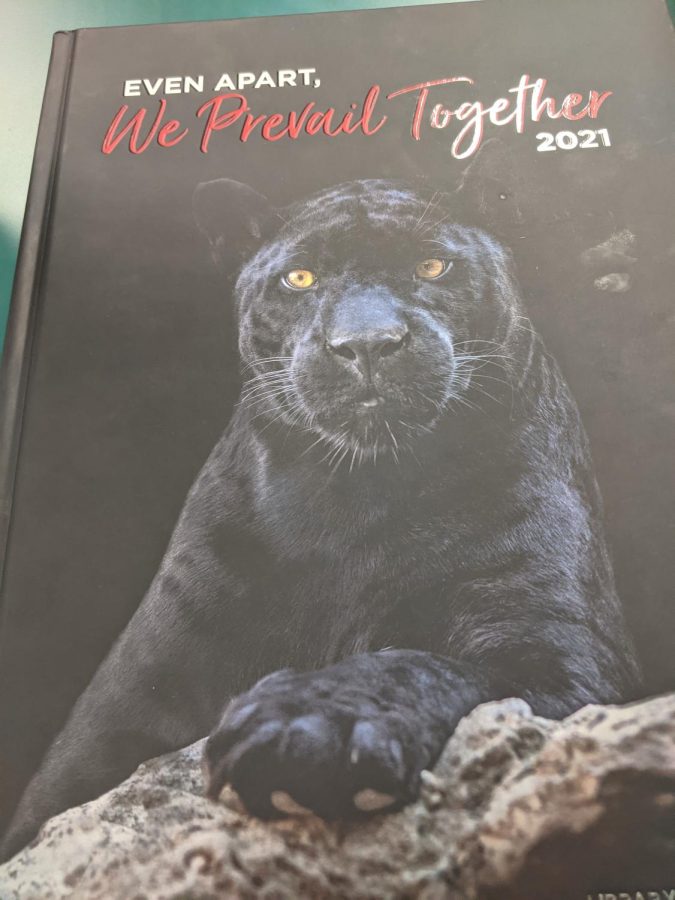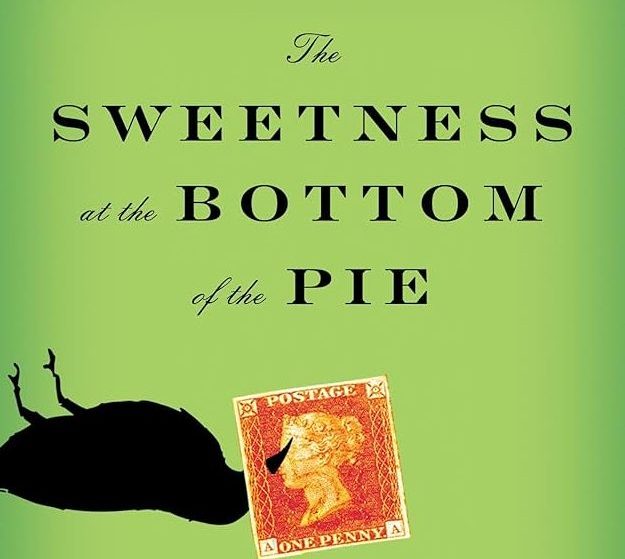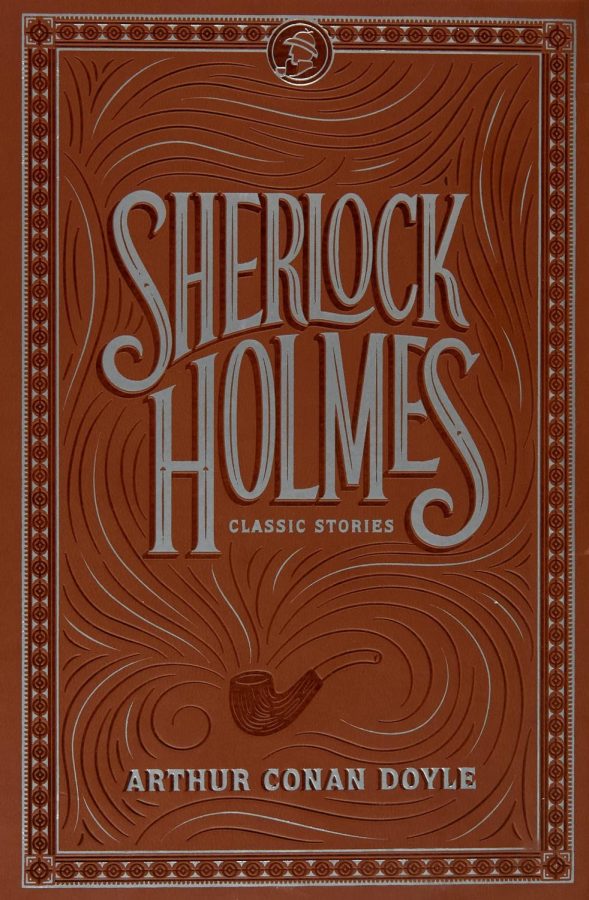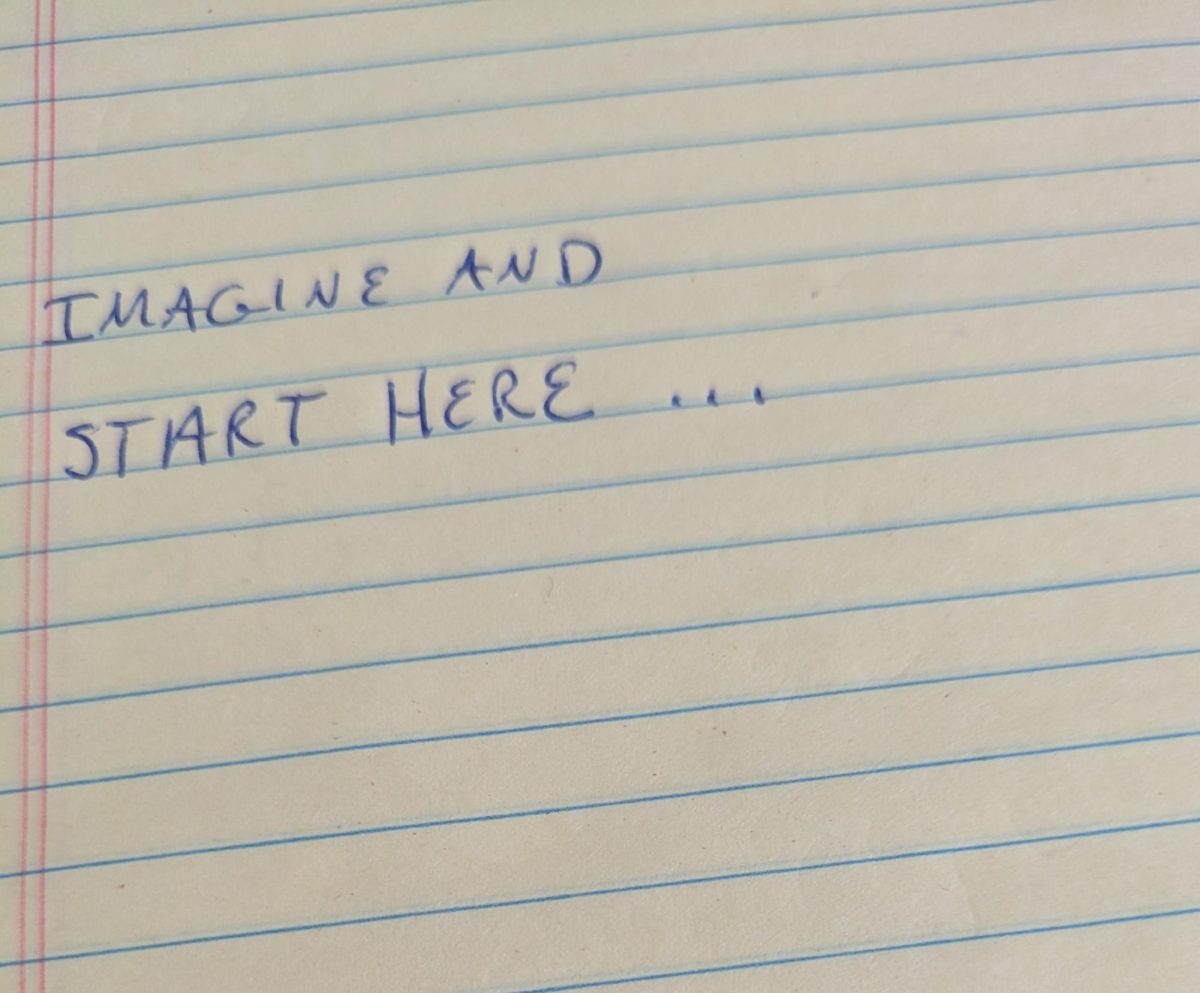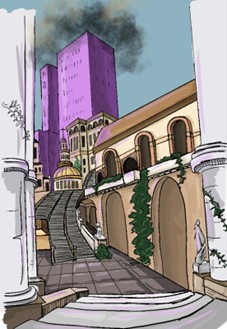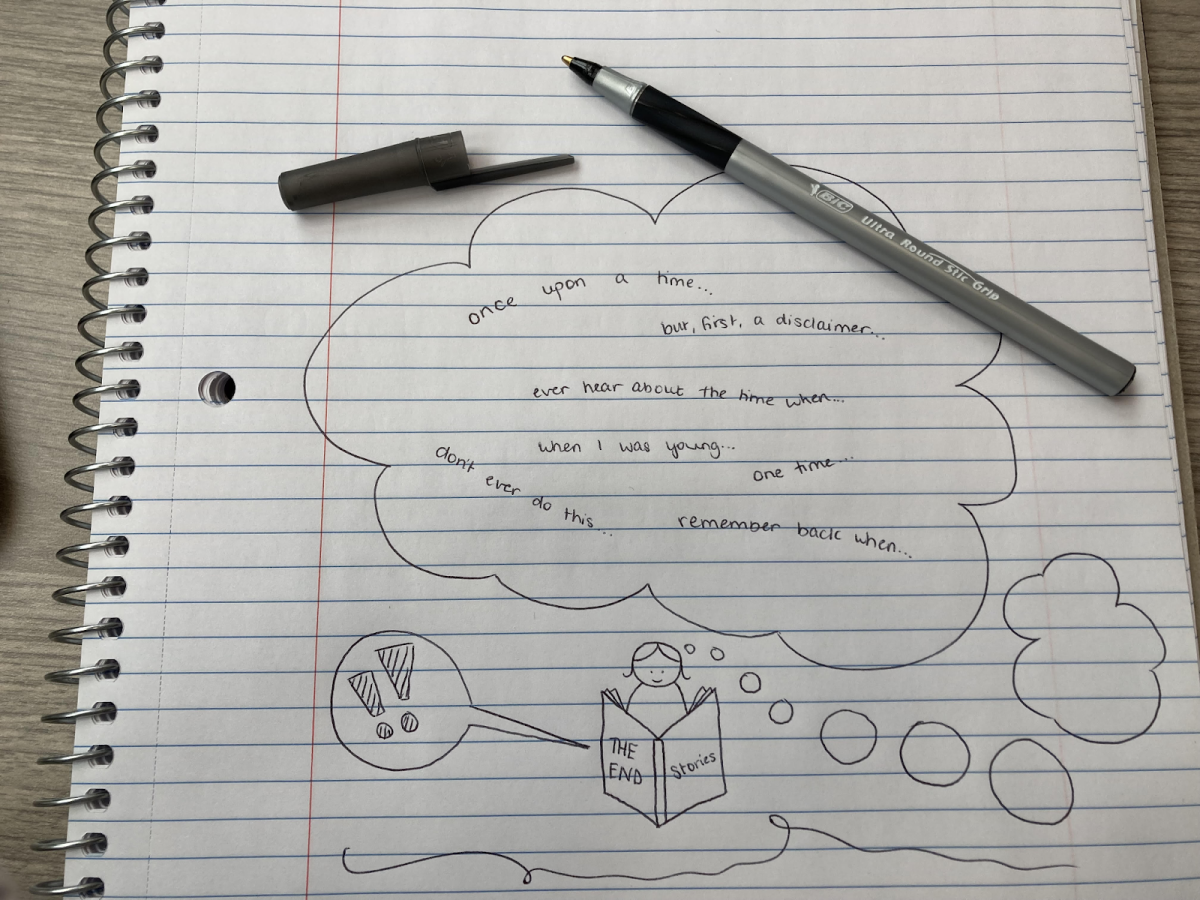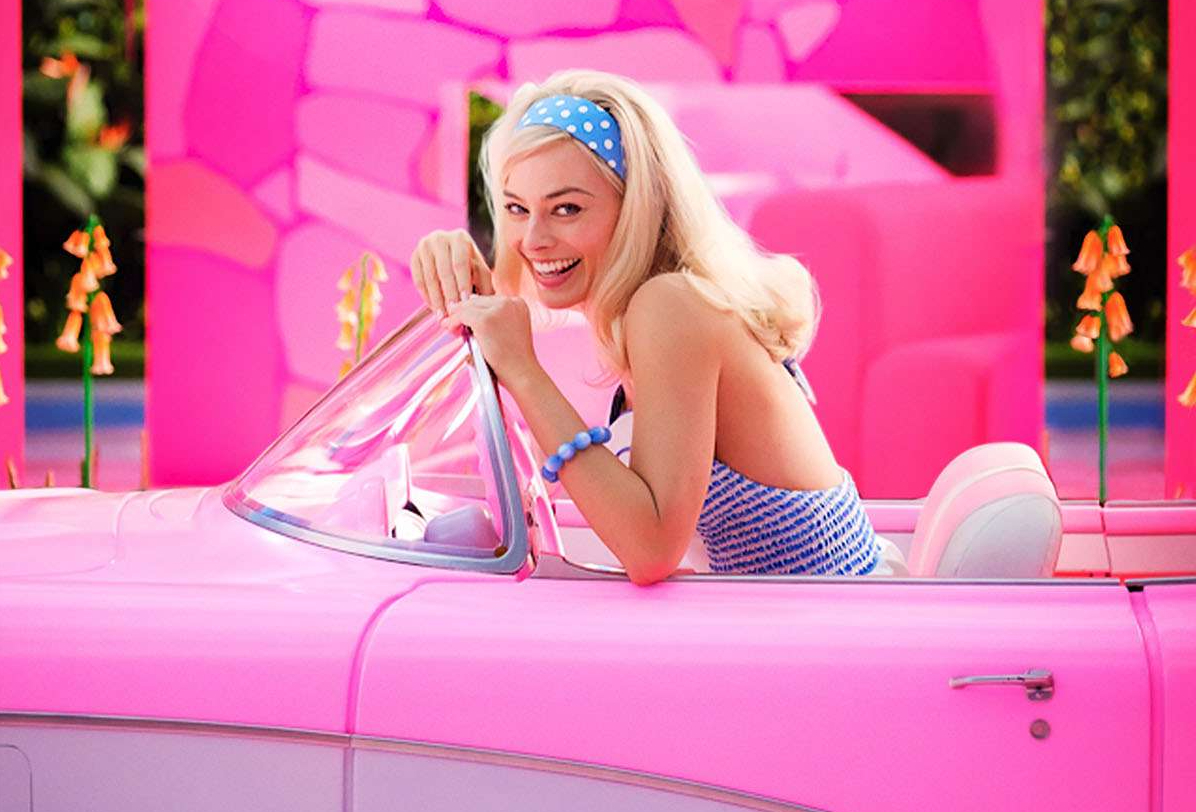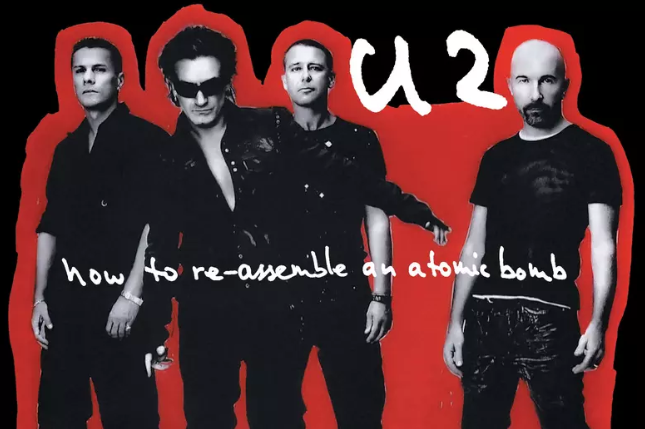In the age of self expression, especially through fashion, it is important to see how fashion is impacting our social climate. Vintage fashion is having a moment. Once thought to be leftovers of a repressive past, things like corsets and structured clothing are now widespread on red carpets, runways, social media, and in everyday life. “Vintage fashion, not vintage values” sums up how this comeback brings down flawed ideas about gender and history. Embracing vintage clothing today enables people, especially women, to regain their independence, redefine beauty standards, and support sustainability. Not reinforcing the stereotypes of the past.
Vintage clothes such as corsets, bustles, and girdles are often unjustly demonized as representations of female oppression. Critics portray them as patriarchal tools to make women uncomfortable in order to win the approval of men. This paints women as helpless victims who are unable to think critically about their own clothing. Additionally, this thinking erases the cultural and practical purposes of these garments.
Corsets, for example, were not simply tools of pain and oppression. They were used to support women’s backs, went well with the fashions of the time, and allowed for freedom of movement during eras in which multiple layers of clothing were commonplace. Wearing clothing from the past challenges the idea that they were a sign of blind compliance. It shows that clothing that is seen as restrictive, can be used to challenge stereotypes of both the past and present.
Wearing clothing from past eras challenges the oversimplified interpretations of those times that we have. Whether they are 1950s gowns or Victorian boots, these things are now becoming tools for self-expression rather than something that symbolizes control. The oversimplified claim that all vintage fashion was oppressive is called into question by this contemporary interpretation.
Not only that, but wearing vintage allows for individuality and challenges both modern and vintage beauty standards. By wearing vintage clothing, individuals bring down the idea that beauty is dependent on how well you follow modern trends. Going against modern day trends by choosing to wear something as unconventional as vintage challenges modern beauty standards. Not only that, but the vintage standards are also challenged because the clothes are being taken out of their original context and reworked. Wearing vintage clothing is a way to break free from societal conventions and to practice self-expression.
The reclamation of vintage fashion emphasizes the power of choice. By wearing clothes that have a negative connotation to them, people help reject the notion that they are oppressive and regain control over themselves and their fashion.
It encourages a more thorough understanding of historical context by highlighting that women in past times had their own agency and motivations for wearing these clothes. We can respect their decisions while making room for our own by wearing vintage clothing today.
Wearing vintage is not only a challenge to preconceived notions, but wearing vintage is an opposition to fast fashion. By repurposing and reusing clothes, people who dress vintage embrace sustainability and reject the culture of fast fashion. A culture that is exploitative and harms the environment. In addition, wearing these garments now also allows for the artistry and craftsmanship behind them to be fully appreciated. Something that has been lost to us in a time when fast fashion has society in a chokehold.
At its core, the act of wearing vintage fashion is about taking control of the narrative. The phrase “vintage fashion, not vintage values” that is commonly used, is more than a slogan. It is a call to action, an act of rebellion. It reminds us that what we choose to wear is a form of storytelling. Vintage clothing asks us to look at the people who wore them and the past in general with nuance.
Seeing people wearing vintage today is not just about reviving old fashions, but about altering our perceptions of the past. For many people, seeing someone wearing vintage clothing sparks curiosity about the clothing. This is what leads to people understanding their complex histories. Through vintage fashion we can rewrite the narrative. The act of wearing vintage is inherently defiant, and defiance is a key component to change. One outfit at a time, people can rewrite history.
Works Cited
“Becoming Gendered: Garment as Gender Artifact – Genesee Country Village & Museum.” Gcv.org, 2024, www.gcv.org/becoming-gendered-garment-as-gender-artifact/. Accessed 6 Jan. 2025.
“Feminism vs Vintage – in Retrospect Magazine.” In Retrospect Magazine, Mar. 2016, inretrospectmagazine.com/article/feminism-vs-vintage/. Accessed 6 Jan. 2025.
“The Timeless Appeal of Vintage Fashion: A Journey through the Decades.” MAKEUP MARILYN | Embrace Glamour: Your Guide to Fashion & Vintage Makeup Styles, 27 Apr. 2024, makeupmarilyn.com/the-timeless-appeal-of-vintage-fashion-a-journey-through-the-decades/
“Unique Vintage: Re-Interpreting the Past for a Diverse and Inclusive Today.” Fashinnovation, 15 Oct. 2021, fashinnovation.nyc/unique-vintage-empowering-through-vintage-silhouettes-re-interpreted-for-a-diverse-and-inclusive-today/. Accessed 6 Jan. 2025.
Verklan, Julia. “Vintage Feminism Will Never Go out of Style, Just Look at My Pants.” The Michigan Daily, 1970, www.michigandaily.com/opinion/columns/opinion-vintage-feminism-will-never-go-out-style-just-look-my-pants/. Accessed 6 Jan. 2025.
“Vintage Feminism.” Lipstick, Lettuce & Lycra, 20 Jan. 2012, www.lipsticklettucelycra.co.uk/blog/2012/01/20/vintage-feminism/.






